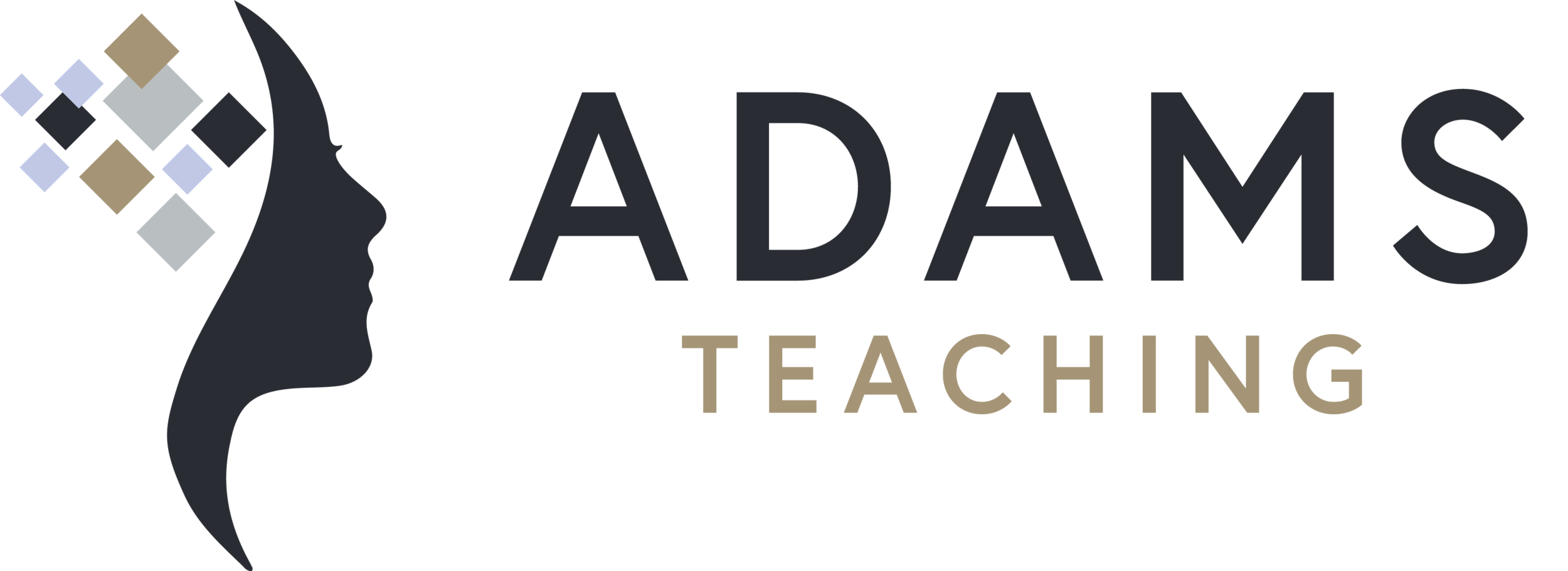Creative Closure-Cementing Information in the "Post" Phase
There are many ways to assess student knowledge in the "post" phase of a lesson and educators who utilize a creative and flexible repertoire outside of scantrons, can increase student engagement and have a better understanding of student mastery.
The 21st Century "Post" critical thinking skills that need to be developed are: retelling, summarizing, identifying causal connections/main idea and supporting a claim with evidence.
One flexible "post" assessment is the Somebody Wanted But So (SWBS). It is a "scaffolded" summary sentence that helps one determine the perspective, main idea, conflict and resolution of a fiction or non-fiction reading, in addition to developing many of the above mentioned skills.
A fictional example would be from the story Cinderella. Students would identify the SOMEBODY of the story as Cinderella, then identify what she WANTED (main ideas and details), then identify the BUT (the conflict) and finally, formulate the SO part (resolution).
Fiction Example:
SOMEBODY: Cinderella WANTED: to go to the ball to meet the prince BUT: her mean and jealous step-mother and step-sisters treated her unfairly and locked her up so she couldn't attend SO: her fairy godmother gave her everything she needed to look beautiful and attend the ball and Cinderella captured the heart of the prince and they lived happily ever after.
The teacher could assign several "SOMEBODIES" to analyze differing perspectives in the same story, such as: the prince, the fairy godmother, the step-mother, the step-sisters, etc.
This strategy works just as well with non-fiction. In social science or science, the "Somebody" might be the Federalists or Anti-Federalists, Axis Powers, Allied Forces, Napoleon, Cell Nucleus, Non-Metallic Atoms, Endangered Species, Metallic Atoms, etc.
Non-Fiction Example:
SOMEBODY: Metallic atoms WANTED: a complete outermost shell BUT: they have too many electrons SO: they give away electrons to non-metallic atoms to form an ionic bond.
Other creative, non-multiple choice "post" strategies include: Claim/Evidence/Summary, 3-2-1, or a Summary of Informational Text Writing Frame. Each strategy is engaging and flexible, and assesses different skills/levels of knowledge at the end of a lesson.
There is a time and place for scantrons but an effective educator is flexible and creative in the multiple types of assessments he implements. The "post" phase of the lesson is important in cementing essential lesson content so short-term information can be transferred to long-term memory. The use of these simple yet effective closure strategies such as the ones mentioned, helps information to be "chunked" into small memorable pieces that aid in the retention process. Julie Adams, Adams Educational Consulting, effectiveteachingpd.com
